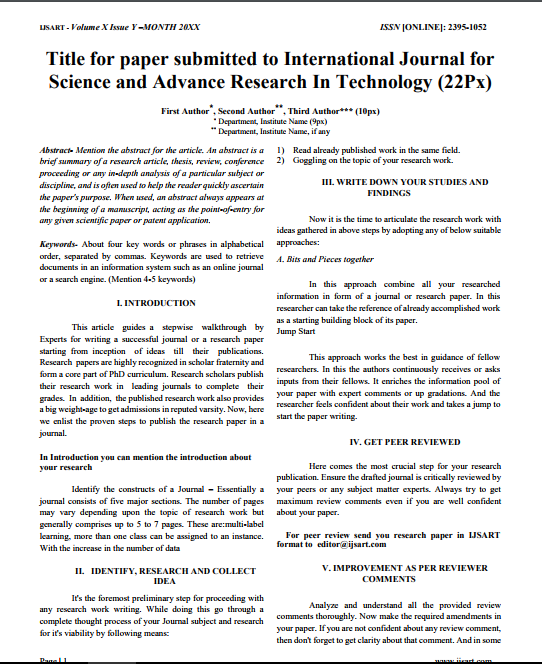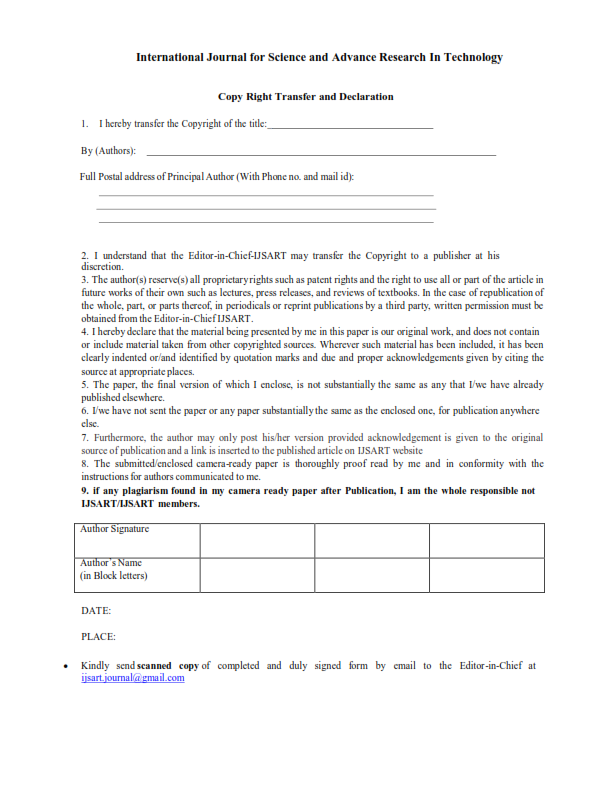PERIOCULAR RECOGNITION WITHOUT THE IRIS AND SCLERA USING DEEP NEURAL NETWORKS |
Author(s): |
| Keerthy Prasannan |
Keywords: |
| DeepNeuralNetwork,Softbiometrics,Periocular Recognition,Segmentation,Feature extraction |
Abstract |
|
A disruptive hypothesis for periocular biometrics in visible-light data, the recognition performance is optimized when the components inside the ocular globeare simply discarded, and the recognizer’s response is exclusively based on the information from the surroundings of the eye.Based on deep neural networks a processing chain that defines the regions-of-interest in the input data that should be privileged in an implicit way, i.e., without masking out any areas in the learning/test samples.An ocular segmentation algorithm exclusively in the learning data.Using deep neural network we separate the ocular from the periocular parts.Alarge set of “multi-class” artificial samples is produced by interchanging the periocular and ocular parts from different subjects. Samples are used for data augmentation purposes and feed the learningphase of the DNN, always considering as label the ID of the periocular part.Every periocular region, the DNN receives multiple samples of different ocular classes, forcing it to conclude that such regions should not be considered in its response.Samples are provided without any segmentation mask during test phase.The network naturally disregards the ocular components, which contributes for improvements in performance.Experiments were carried out in full versions of two widely known data sets (UBIRIS.v2 and FRGC) and show that the proposed method consistently advanc |
Other Details |
|
Paper ID: IJSARTV Published in: Volume : 4, Issue : 11 Publication Date: 11/8/2018 |
Article Preview |
|
Download Article |


